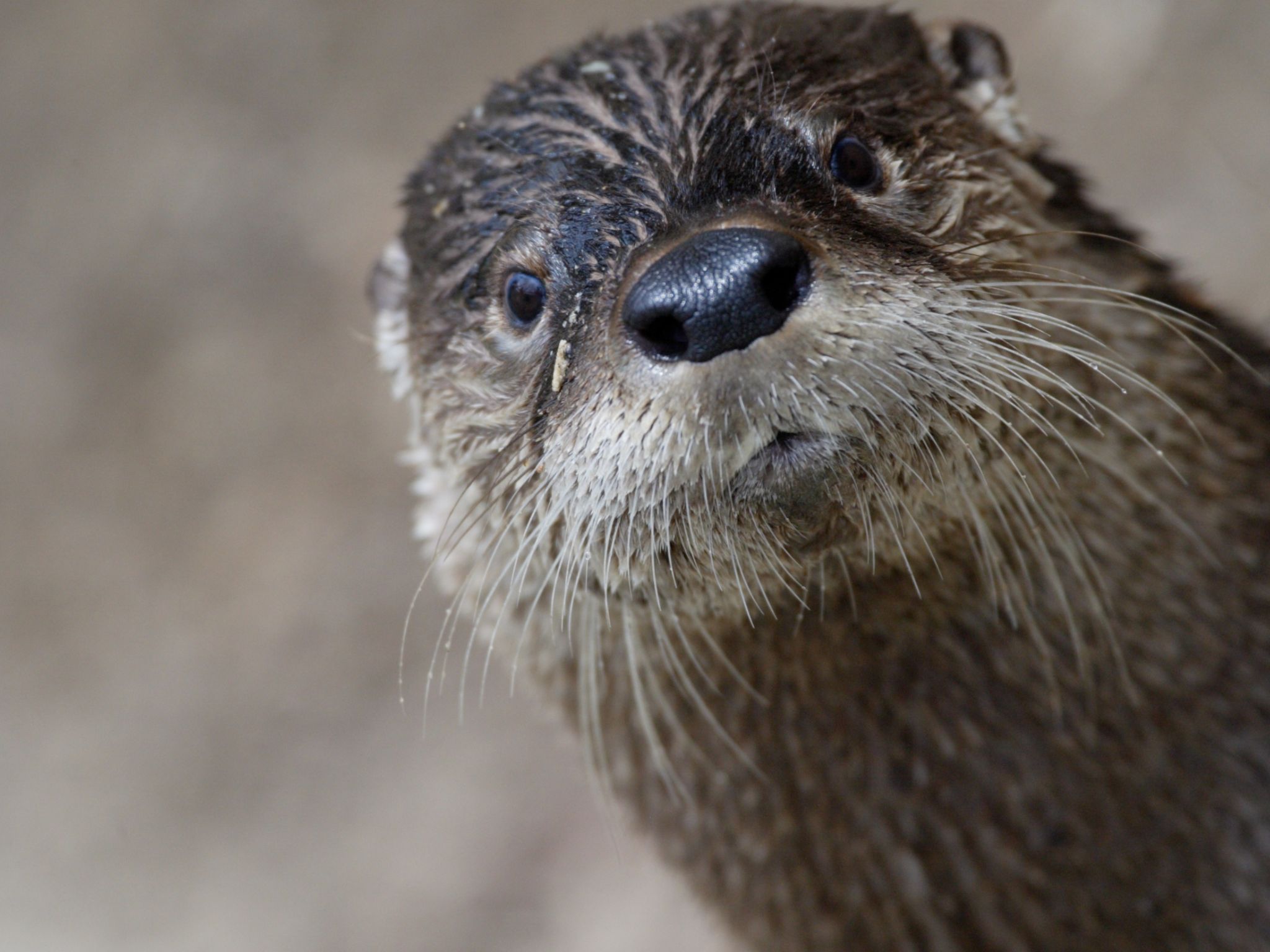
Mustelids: Nature’s Fierce and Fascinating Family
When you think of fierce predators, you might imagine lions, wolves, or eagles—but some of nature’s most skilled and adaptable hunters come in much smaller packages. Meet the mustelids, members of a diverse and fascinating animal family that includes weasels, otters, badgers, martens, and the mighty wolverine. Despite their differences in size and habitat, these animals share a set of characteristics that make them truly unique in the animal kingdom.
What Is a Mustelid?
Mustelids belong to the scientific family Mustelidae, the largest family within the order Carnivora. This group is incredibly diverse, with over 50 species found across the globe, from icy Arctic waters to tropical forests and dry deserts. Some mustelids are aquatic, like otters, while others, like stoats and ferrets, are agile land hunters. But what connects them all is their long, slender bodies, powerful scent glands, and strong carnivorous instincts.
Common Mustelid Traits
- Carnivorous Diet: Mustelids are primarily meat-eaters. They prey on small animals such as rodents, birds, insects, and fish. Their sharp teeth and quick reflexes make them formidable hunters.
- Elongated Bodies: Many mustelids have long, flexible bodies and short legs. This body shape helps them slip through tight burrows and dense undergrowth with ease.
- Scent Glands: Most species possess well-developed scent glands near the base of the tail, used for marking territory and communication.
- Solitary and Territorial: Mustelids are usually solitary, coming together only to mate. They are known for being highly territorial and often fiercely defend their home ranges.
Who’s in the Mustelid Family?
Here are just a few of the most recognizable members of the mustelid family:
- Otters: Playful and social, otters are expert swimmers and are often seen floating on their backs or using tools to crack open shellfish.
- Badgers: Stocky and powerful diggers, badgers live in complex burrow systems called setts. They are known for their strength and resilience.
- Weasels: Small but incredibly fierce, weasels can take down prey much larger than themselves. Their speed and agility are unmatched.
- Martens: Tree-dwelling mustelids with luxurious fur and sharp climbing skills, martens are elusive creatures of the forest.
- Wolverines: The largest terrestrial mustelid, the wolverine has a reputation for toughness and strength far beyond its size.
- Ferrets: Domesticated from the European polecat, ferrets are popular pets today but still retain their hunting instincts.
What about skunks?
While skunks were historically classified as part of the Mustelidae family, DNA research has since placed them in their own distinct family called Mephitidae. So, no, skunks are not mustelids anymore, but they are closely related within the larger order Carnivora. The family Mephitidae also includes stink badgers.
Why Mustelids Matter
Mustelids play important roles in ecosystems. As predators, they help control rodent and insect populations, maintaining a healthy balance in the food web. Their presence—or absence—can indicate the health of an environment. For example, otters are considered a “keystone species” in some aquatic ecosystems, meaning their well-being affects many other organisms in the habitat.
Final Thoughts
Whether they’re swimming in icy rivers, darting through the grasslands, or sneaking through a forest canopy, mustelids are among nature’s most resourceful and adaptable animals. Their cunning, agility, and diversity make them a family worth admiring—and protecting.
Want to learn more about individual mustelid species like the black-footed ferret, marten, or wolverine? Keep exploring our blog for deep dives into these incredible animals!
Disclaimer: This blog post is for edutainment purposes only and may not be entirely accurate.






